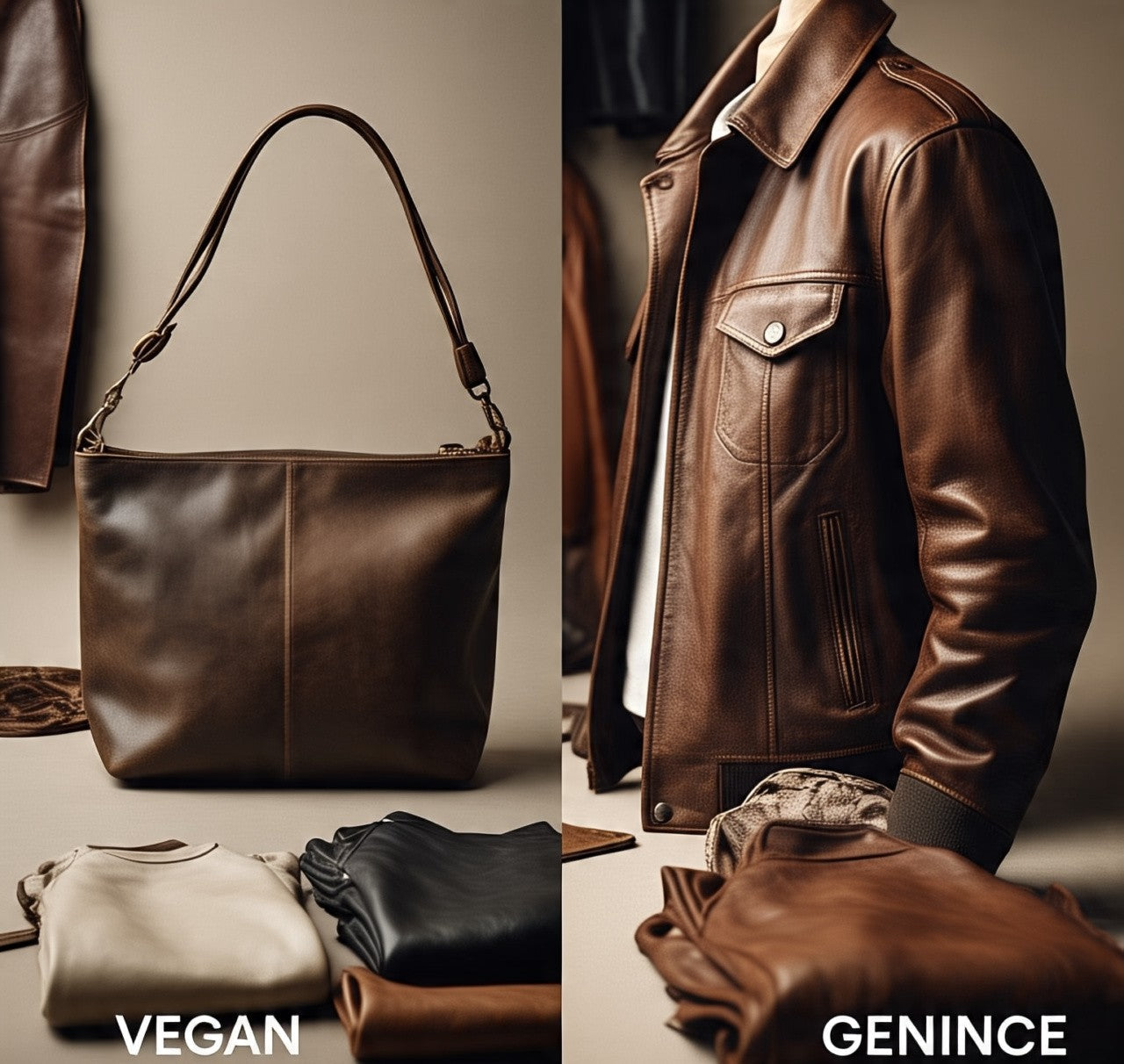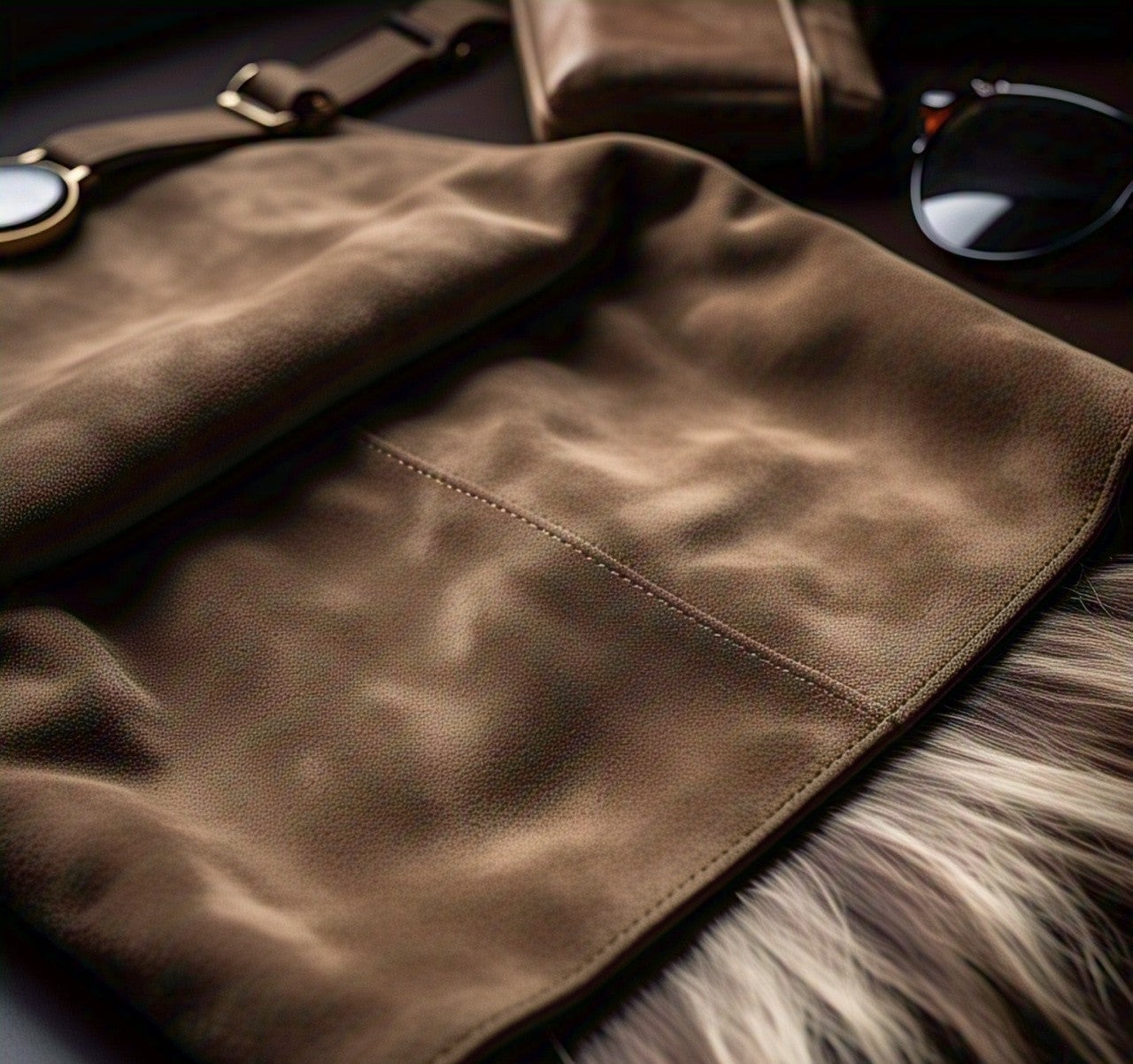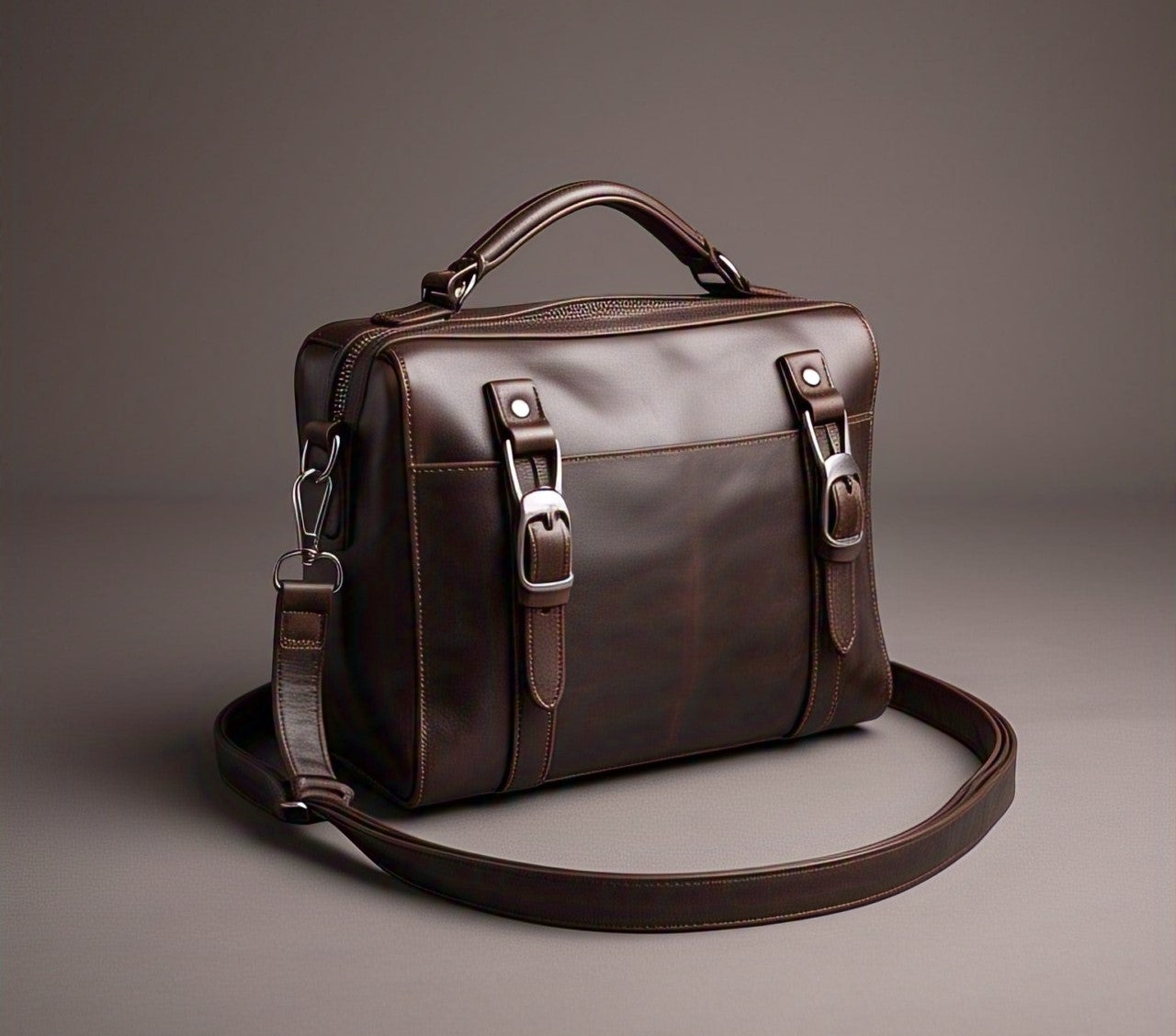Vegan vs Genuine Leather: What’s Better for Longevity & Sustainability?

Whether you're shopping for a new handbag, shoes, or a stylish jacket, the choice between vegan leather and genuine leather often sparks debate. Some people swear by the look and feel of traditional animal hide, while others lean toward cruelty-free alternatives. But beyond trends and personal values, a real question remains: Which is better for longevity and sustainability?
In this article, we’ll break it down from every angle—durability, environmental impact, usability, and long-term wear—so you can make a conscious, confident decision.
Understanding the Basics: What Are They, Really?
Before we dive into pros and cons, let’s clarify what each material actually is.
Genuine leather comes from animal hides—typically cows—and undergoes a tanning process to preserve and finish it. It’s known for its durability, natural texture, and ability to age beautifully.
Vegan leather, on the other hand, is a synthetic or plant-based alternative that mimics the look and feel of leather but is made without animal products. The most common types are PU (polyurethane), PVC (polyvinyl chloride), and increasingly, eco-alternatives made from cactus, pineapple, mushrooms, or apple waste.
So, when you hold a vegan leather bag and a genuine leather one side by side, they may feel similar—but what lies beneath tells a different story.
Durability: Which Material Truly Lasts Longer?
When it comes to longevity, genuine leather almost always takes the crown.
Real leather, especially full-grain or top-grain, is built to last decades. It becomes more beautiful with age, developing a patina that’s almost impossible to replicate. With proper care—like conditioning and storing it well—genuine leather can outlive trends, seasons, and even its owner.
Vegan leather, particularly the plastic-based kinds like PU or PVC, usually shows signs of wear much sooner. It may start cracking, peeling, or losing texture after just a few years of use. However, newer bio-based leathers (like Piñatex or mushroom leather) are showing promise in terms of strength—but they still haven’t been tested across multiple decades.
💡 Human tip: If you're investing in something meant to be used daily or for years, genuine leather offers better return in terms of longevity.
Sustainability: What’s Kinder to the Planet?
This part is tricky, and the answer is not as black-and-white as you’d think.
Genuine leather is a by-product of the meat industry, but its production process—especially tanning—is highly resource-intensive. Traditional tanning uses harsh chemicals like chromium, and the process demands a lot of water and energy. Plus, it comes from animals, which raises ethical and ecological concerns.
Vegan leather avoids animal cruelty and often seems more sustainable at first glance. But the majority of synthetic vegan leathers are made using plastics derived from fossil fuels. That means they don’t biodegrade and may contribute to microplastic pollution. However, plant-based vegan leathers (like cactus or mushroom leather) are showing a lot of promise in offering a low-impact alternative without plastic or animal cruelty.
🌱 Real-world reflection: Sustainability isn’t just about the material itself. It’s about how long it lasts, how it’s made, and what happens to it when you’re done.
Care, Feel & Usability: Which One Wins for Everyday Use?
Let’s talk about practicality. After all, a beautiful bag isn’t much use if it falls apart in the rain or needs constant care.
Genuine leather feels rich, warm, and breathable. It's naturally water-resistant but not waterproof. It needs regular conditioning to stay supple and avoid cracking. It's heavier but often feels sturdier and more premium.
Vegan leather is usually more lightweight and low-maintenance. You can wipe it clean with a damp cloth and go. But lower-quality vegan leather might feel plasticky, and over time it may lose its appeal.
✋🏽 Pro tip: If you're rough on your bags or need something more flexible and fuss-free, a high-quality vegan leather might suit your lifestyle better.
So… Which Is Better for You?
It depends on what you value more.
-
If you want something that will last a lifetime, age gracefully, and offer that rich leather feel—genuine leather is the clear winner.
-
If your priority is animal-free fashion, ease of maintenance, or trying to reduce your carbon footprint with bio-based alternatives, then vegan leather is worth exploring.
💬 Let’s be real: There’s no one-size-fits-all answer. The key is knowing what trade-offs matter most to you. Fashion is personal. So is sustainability.
Final Thoughts
Choosing between vegan and genuine leather is more than just a fashion decision—it’s a lifestyle choice. As more eco-friendly innovations emerge, the vegan leather industry is closing the gap in quality and durability. Meanwhile, genuine leather still holds strong in craftsmanship and long-term use.
So, next time you're shopping for that perfect tote or jacket, ask yourself: Am I looking for something that stands the test of time—or something that aligns with my ethical stance today?
Whatever you pick, choose consciously—and wear it proudly.


Comments